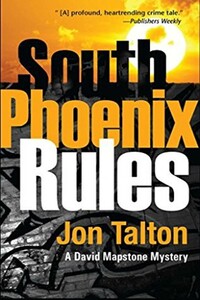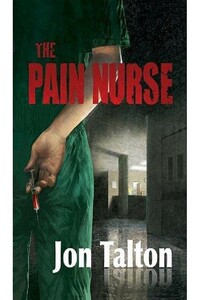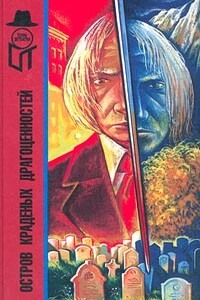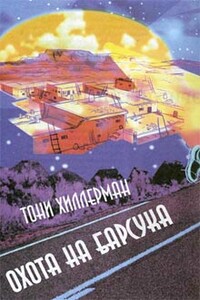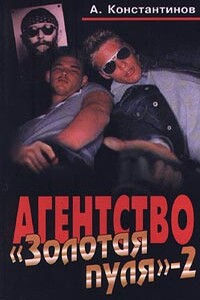Cactus Heart | страница 17
The physical memory of the case was located in dusty folders inside a single cardboard file box: papers that had once been the center of somebody’s work, but now sat dusty and neglected. Lindsey was a master of search engines, databases, spreadsheets and the Internet. But most records older than ten years were still on paper, microfiche and microfilm, and research was done the way I had learned it in college. Suited me fine. There was something almost mystical about the tactile search through old records for historical truth-the idea of touching the same piece of paper that was touched by the man or woman who lived the event. But, as Peralta said, maybe I was just strange.
The files were a mess, out of chronological order or their proper folder. It looked as if they had been tossed haphazardly into the box years ago and forgotten. The dust attested to that. I was sneezing and wishing I had taken a Sudafed. So I spent more than an hour sniffling, sneezing, and sorting the files into some kind of order. I separated them into piles: handwritten call logs from uniforms, typewritten accounts from the detectives, photostats of FBI forms, crumbling newspaper articles, fragments of court transcripts, a booking record with fading blue fingerprints, the judge’s execution order and black-and-white photos. Then I organized the reports chronologically-those with dates, at least. Ellington’s orchestra went smartly from “Take the A Train” through “Stardust” and “Ring Dem Bells.” The concert had been recorded in 1943, two years after the Yarnell kidnapping.
This was not like the case files of a modern police agency. There were no pre-printed incident reports for the beat cops to fill in, or any lab or forensics reports. Trace evidence beyond a detective’s sense of smell would have been a science fiction dream. I looked in vain for a chronology of the victims before the kidnapping. Even for a crime from 1941, this one seemed to have generated little paperwork, much less the kind of files that would go with what one newspaper labeled it: “Arizona’s Crime of the Century.” But my brief time back at the sheriff’s office had taught me how case files became misplaced, lost, and picked apart as time went on. The files were obviously incomplete. I made a note to check for files at the county courts and in historical archives. Then I got down to reading what I had.
On December 4, 1941, a radio car was called to the home of Hayden Yarnell. The officers were told that a kidnapping had occurred and they immediately summoned detectives. Yarnell’s twin grandsons, Woodrow and Andrew, had gone missing the previous Thursday, Thanksgiving. They were four years old and wearing matching cowboy outfits, but there was no mention of a pocket watch.
